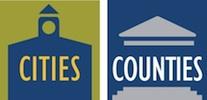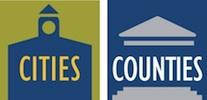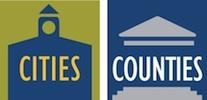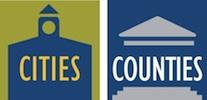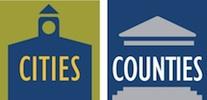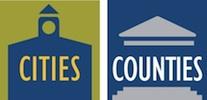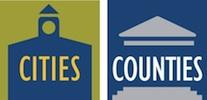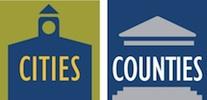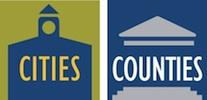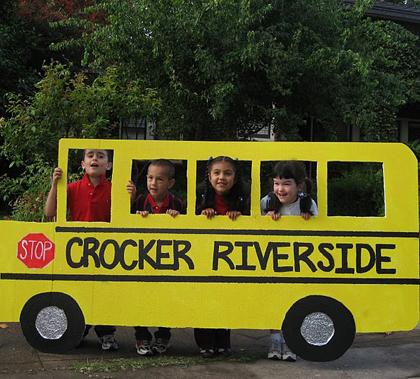
On September 26, 2013, Governor Brown signed legislation creating the Active Transportation Program (ATP) in the Department of Transportation (Senate Bill 99, Chapter 359, and Assembly Bill 101, Chapter 354). The Active Transportation Program consolidates various state and federal transportation programs, including the Transportation Alternatives Program (TAP), Bicycle Transportation Account (BTA), and State Safe Routes to School (SR2S) into a single program. The Active Transportation Program is administered by the Division of Local Assistance, Office of Active Transportation and Special Programs. Draft guidelines for the program were released on November 25, 2013, for adoption by the California Transportation Commission (CTC) in March 2014. This section describes the provisions of the three programs that are being combined into the Active Transportation Program. This information will be updated once the CTC guidelines for the combined program have been adopted.
 Menu
Menu

